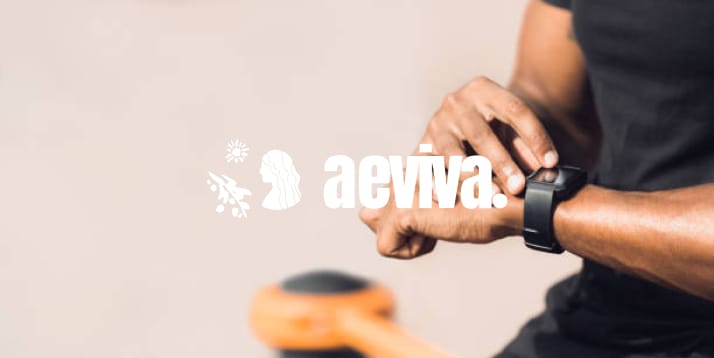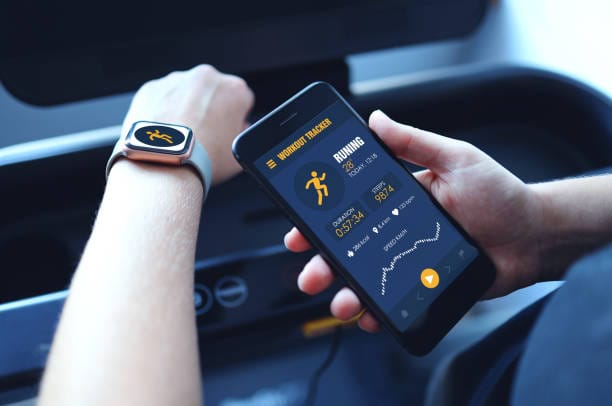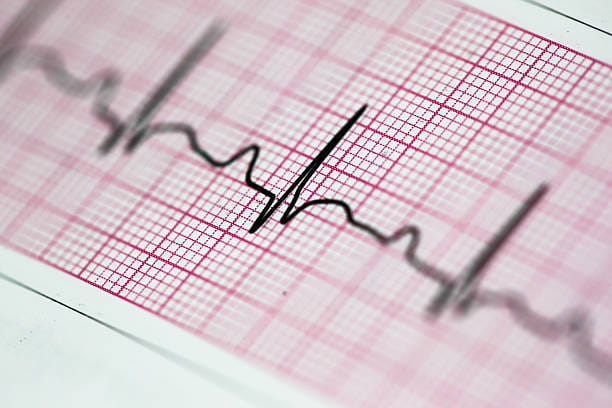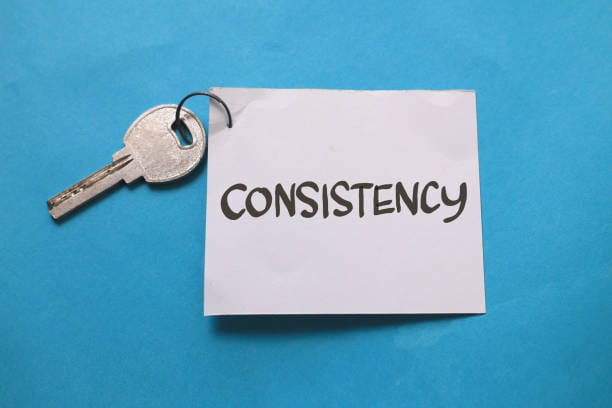- Aeviva
- Posts
- Does Your Watch Know You Better Than Your Doctor? 🤔
Does Your Watch Know You Better Than Your Doctor? 🤔
From step counts to heart health, fitness wearables are taking over. But are they truly life-saving tech—or just the latest trend?

Your Watch Knows More About You Than Your Doctor: The Rise of Fitness Tech
Fitness wearables have become more than just accessories—they’re mini health hubs strapped to our wrists, tracking everything from sleep to heart rhythms. With companies like Apple, Fitbit, Garmin, WHOOP, and Oura leading the charge, these devices claim to provide insights that can revolutionize fitness and even save lives. But are they really as smart as they seem? Let’s explore how wearable tech is reshaping health—and whether it’s living up to the hype. 🏃♂️⌚

Dominate the Field in Style.
A must-have for soccer players, Nike Kylian Mbappé collection helps you dominate the field in style. These top-tier boots, including the Vapor and Superfly models, offer a precision fit and traction that keeps you agile on the pitch. Whether you're executing a nutmeg or unleashing a powerful strike, you’re sure to own every moment of the game. Don’t just play the game—own it! Shop the Kylian Mbappé collection and make your mark on the pitch.
What Do Wearables Actually Track?
Modern fitness wearables go far beyond counting steps:
Heart Rate Monitoring: Devices like the Apple Watch and WHOOP strap track real-time heart rate during exercise or rest. ❤️ The Apple Watch’s ECG feature can even detect atrial fibrillation (AFib), potentially saving lives.
Sleep Tracking: The Oura Ring and WHOOP band offer detailed sleep insights, analyzing sleep cycles, duration, and recovery to help users optimize rest. 💤
Blood Oxygen Levels: Fitbit and Garmin include SpO2 sensors to measure blood oxygen saturation, helping detect issues like sleep apnea.
Stress Monitoring: WHOOP bands measure heart rate variability (HRV) to assess stress and recovery levels, giving users a detailed look at how their body is adapting.
Strain and Recovery Metrics: WHOOP assigns daily strain and recovery scores to help users balance workouts and rest effectively.
Activity Goals: Garmin and Fitbit encourage movement by rewarding users for hitting personalized goals and sending reminders to stay active.
💡 Stat to Know: As of 2023, the wearable tech industry was valued at $61 billion globally, with WHOOP seeing rapid adoption in professional sports and fitness circles.

The Life-Saving Potential of Fitness Tech
Wearables have already proven their ability to save lives. For example, an Apple Watch alerted a user to irregular heart rhythms in 2023, leading to a life-saving early diagnosis of AFib. Similarly, WHOOP’s HRV tracking has helped users identify signs of overtraining and fatigue that could lead to serious injuries or illnesses.
Fitness trackers also empower individuals to take control of their health. For chronic conditions like hypertension or diabetes, wearables provide real-time data that supports better disease management. In the workplace, corporate wellness programs have begun using WHOOP to monitor employee recovery and optimize productivity.
💡 Fact: Studies reveal that wearable users are 25% more likely to increase their daily physical activity, significantly improving their health over time.
How Wearables Motivate Consistency
One of the biggest advantages of fitness wearables is their ability to foster consistency. Features like daily movement streaks, personalized challenges, and social competition make sticking to a fitness routine more engaging. Garmin’s training plans, for example, adapt to your progress and help you stay on track toward your goals, while WHOOP’s strain and recovery metrics encourage users to listen to their bodies.
Data plays a key role here: seeing metrics improve over time—whether it’s your resting heart rate dropping or your sleep quality increasing—can boost motivation and make progress tangible. For many users, wearables provide the structure and accountability they need to turn short-term goals into lifelong habits.

The Dark Side of Wearables: Accuracy and Validation
While fitness trackers offer many benefits, not all data is created equal. Here’s a breakdown of common concerns:
1. Accuracy Issues
Heart Rate Monitoring: Devices like Apple Watch and WHOOP are highly rated for accuracy in tracking heart rate during rest and moderate exercise. However, during high-intensity activities, wrist-based monitors often struggle, with inaccuracies of up to 10%.
Calories Burned: Many wearables significantly overestimate calorie expenditure. A Stanford study found that trackers overestimated calorie burn by an average of 27%, leading to unrealistic fitness expectations.
Sleep Tracking: While devices like the Oura Ring excel in detecting sleep duration, studies suggest they are less reliable in measuring specific stages like REM and deep sleep.
2. Validation and Certification
Medical Approvals: Some features, like the ECG on Apple Watch, have FDA clearance, adding credibility to their health claims. However, most fitness features, such as step counting or calorie tracking, lack rigorous validation.
Independent Testing: Brands like WHOOP and Oura undergo third-party testing to improve accuracy, but cheaper alternatives often skip this step, resulting in unreliable data.
3. Over-Tracking and Anxiety
Constant exposure to health metrics can lead to obsessive tracking behavior, known as “data anxiety.” WHOOP users, for example, may feel demotivated by low recovery scores, leading to unnecessary stress. This paradoxical effect can counteract the mental health benefits of fitness tracking.
4. Privacy Concerns
Wearables collect vast amounts of personal data. While brands like Garmin and Apple emphasize privacy, data breaches or misuse remain a potential risk for users.
💡 Fact to Know: A 2022 survey found that 41% of wearable users worry about their personal health data being sold or shared without consent.
Interactive Section: Which Wearable Fits Your Lifestyle?

Match your goals to the perfect device:
For Athletes: WHOOP offers advanced strain and recovery metrics ideal for optimizing performance.
For Busy Professionals: Fitbit’s user-friendly design tracks daily activity and heart health without overwhelming data.
For Sleep Enthusiasts: The Oura Ring’s in-depth sleep tracking is perfect for improving rest and recovery.
For All-Around Health: The Apple Watch combines fitness tracking with life-saving features like ECG and fall detection.
Wearable fitness tech has transformed how we approach health, making it easier to track performance, recovery, and even detect potential health issues. From WHOOP’s deep recovery insights to Apple Watch’s life-saving ECG capabilities, these devices have immense potential when used correctly. But like any tool, they’re not perfect—balancing data with intuition is key. Whether you’re a professional athlete or someone taking the first step in fitness, finding the right wearable can empower you to live healthier and smarter. 🏋️♀️⌚
Take-Home Message
Fitness wearables track heart rate, sleep, stress, and activity levels, offering valuable insights. 🏃♂️
WHOOP excels in recovery and strain metrics, while Apple Watch provides life-saving ECG features.
Accuracy varies—studies show calorie tracking is often overestimated, and sleep stage detection can be unreliable. 😴
Over-tracking and data anxiety are real risks, requiring balance in how wearables are used. 📉
Choosing the right device depends on your fitness goals and comfort with detailed data.

Reply